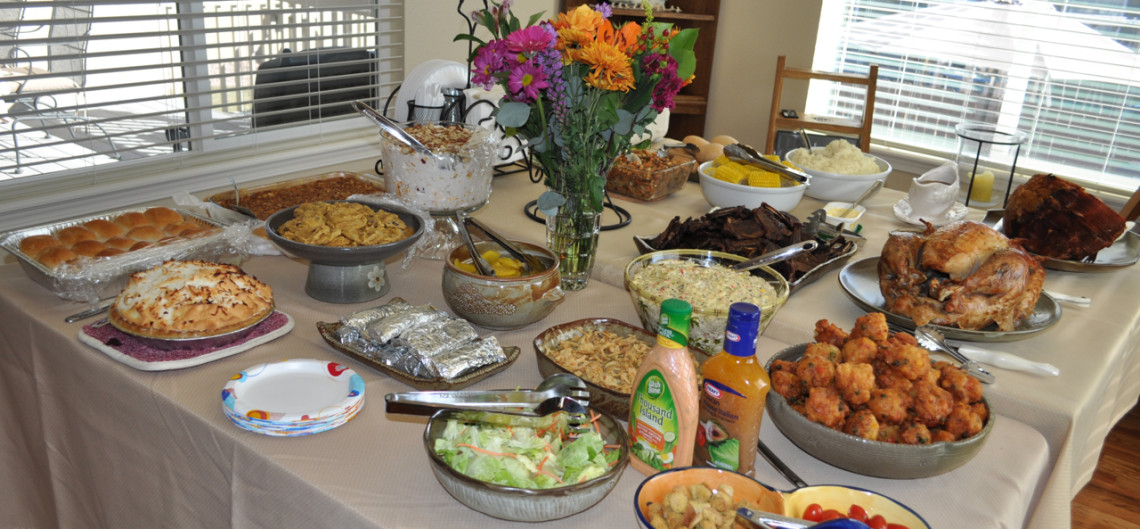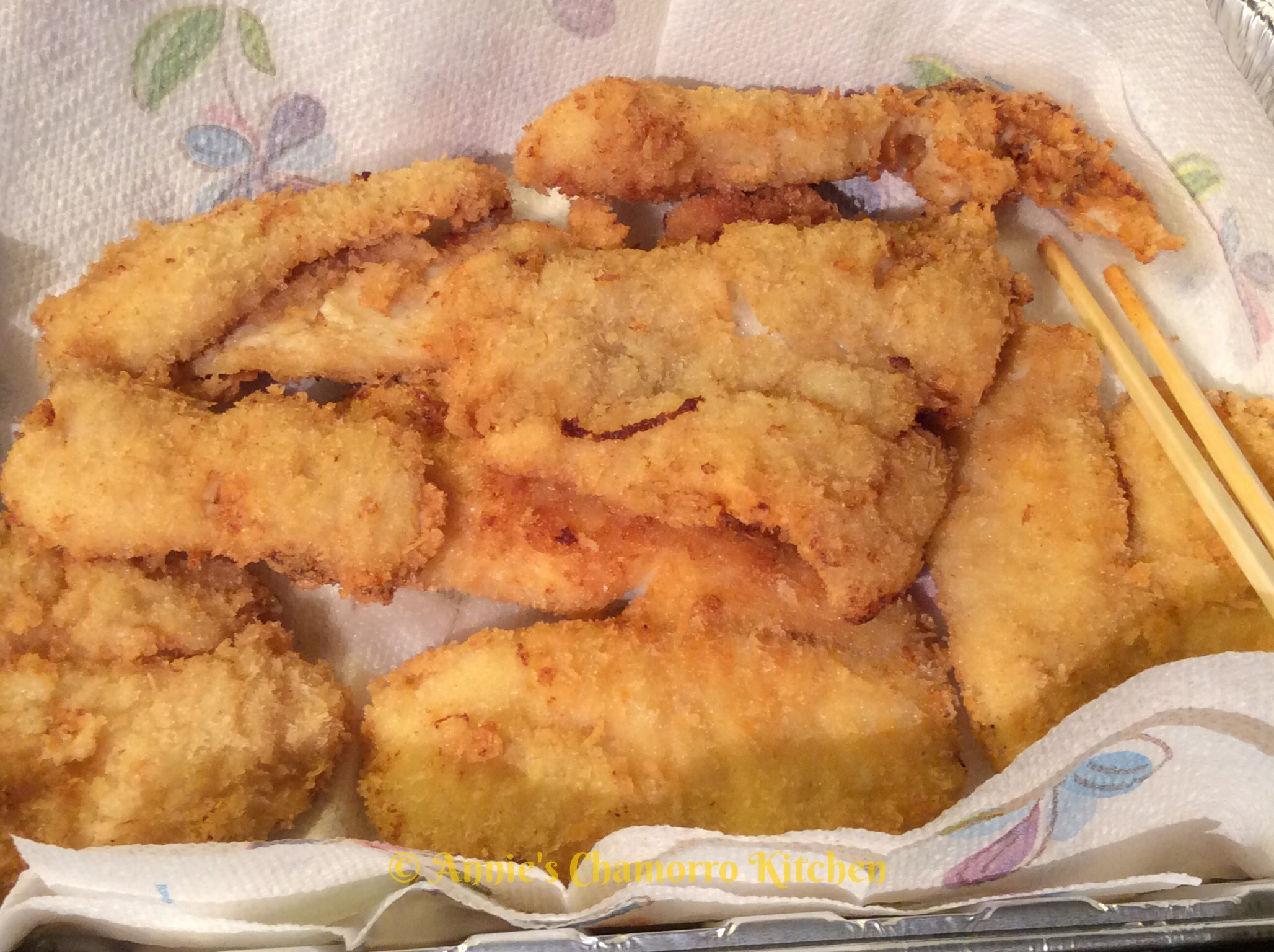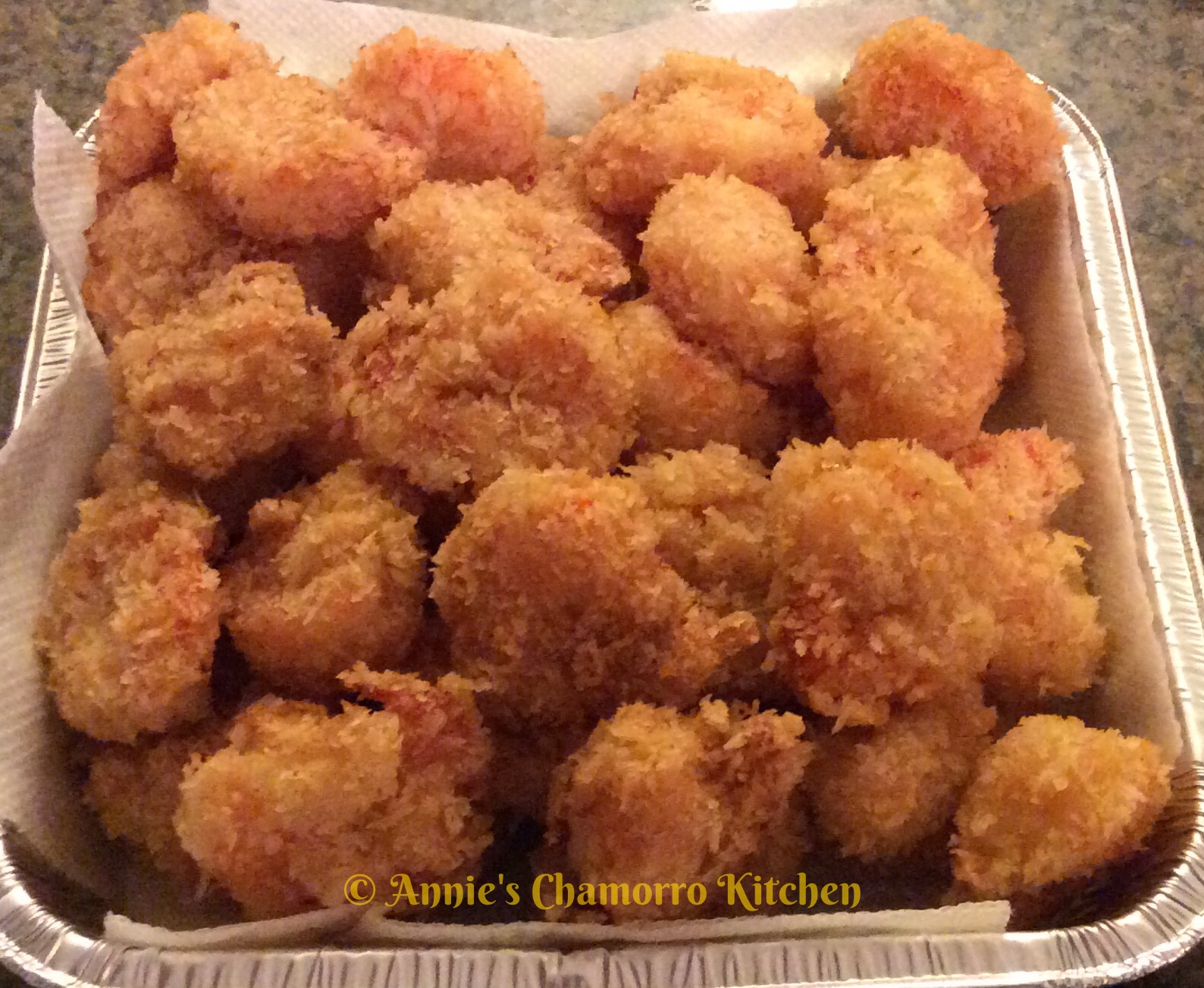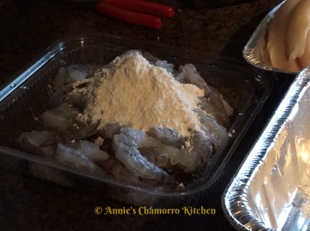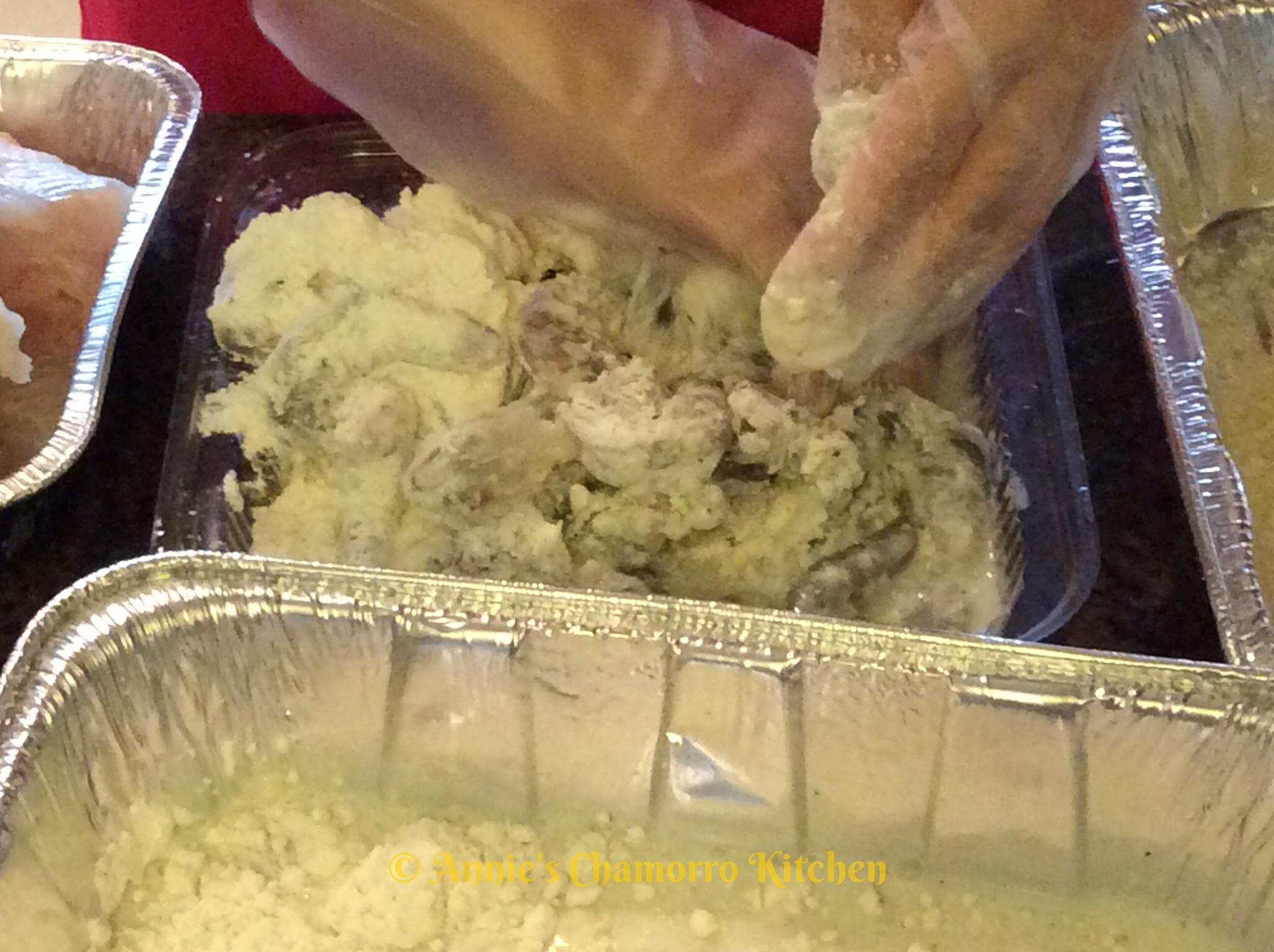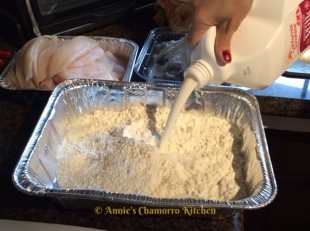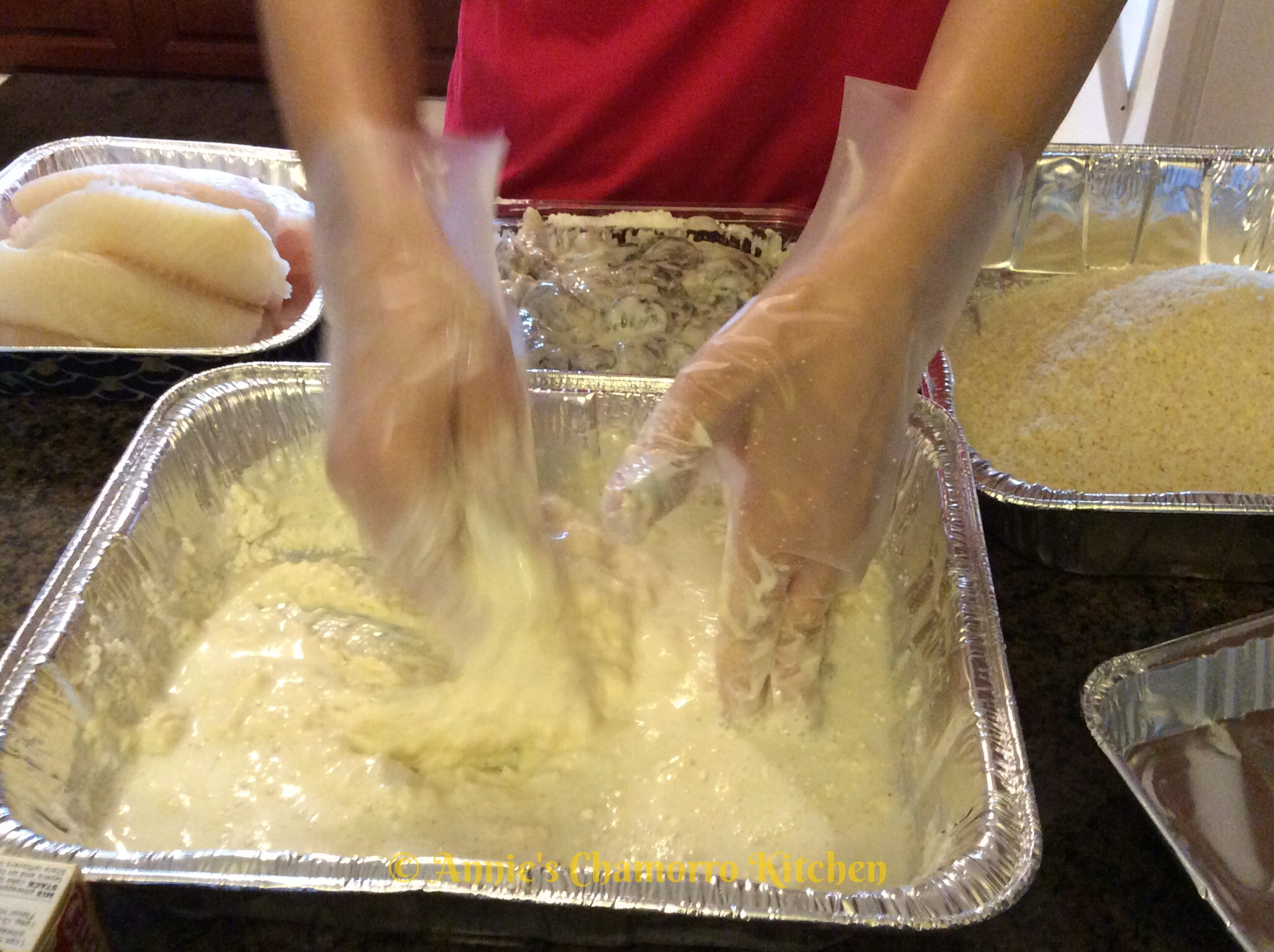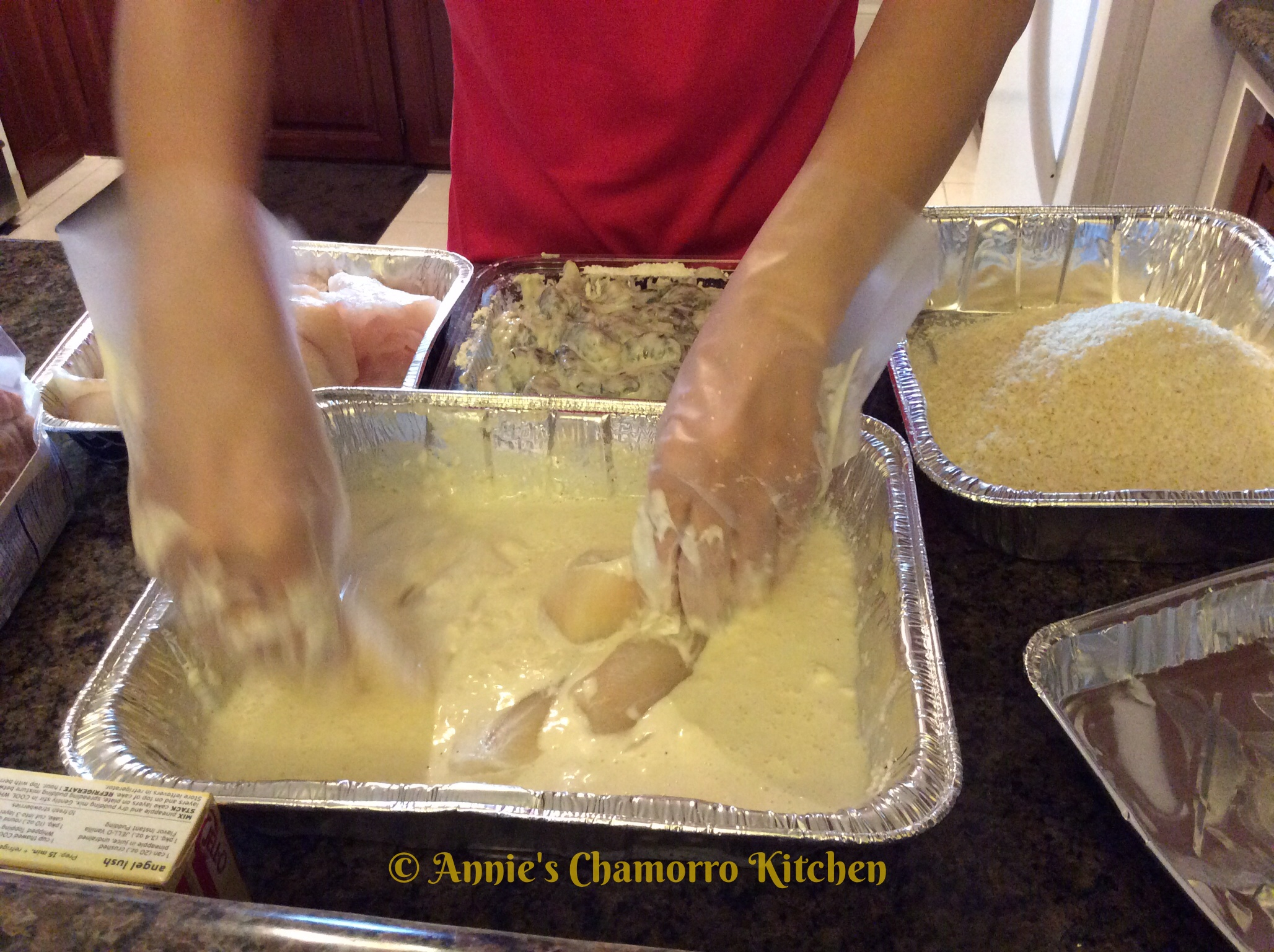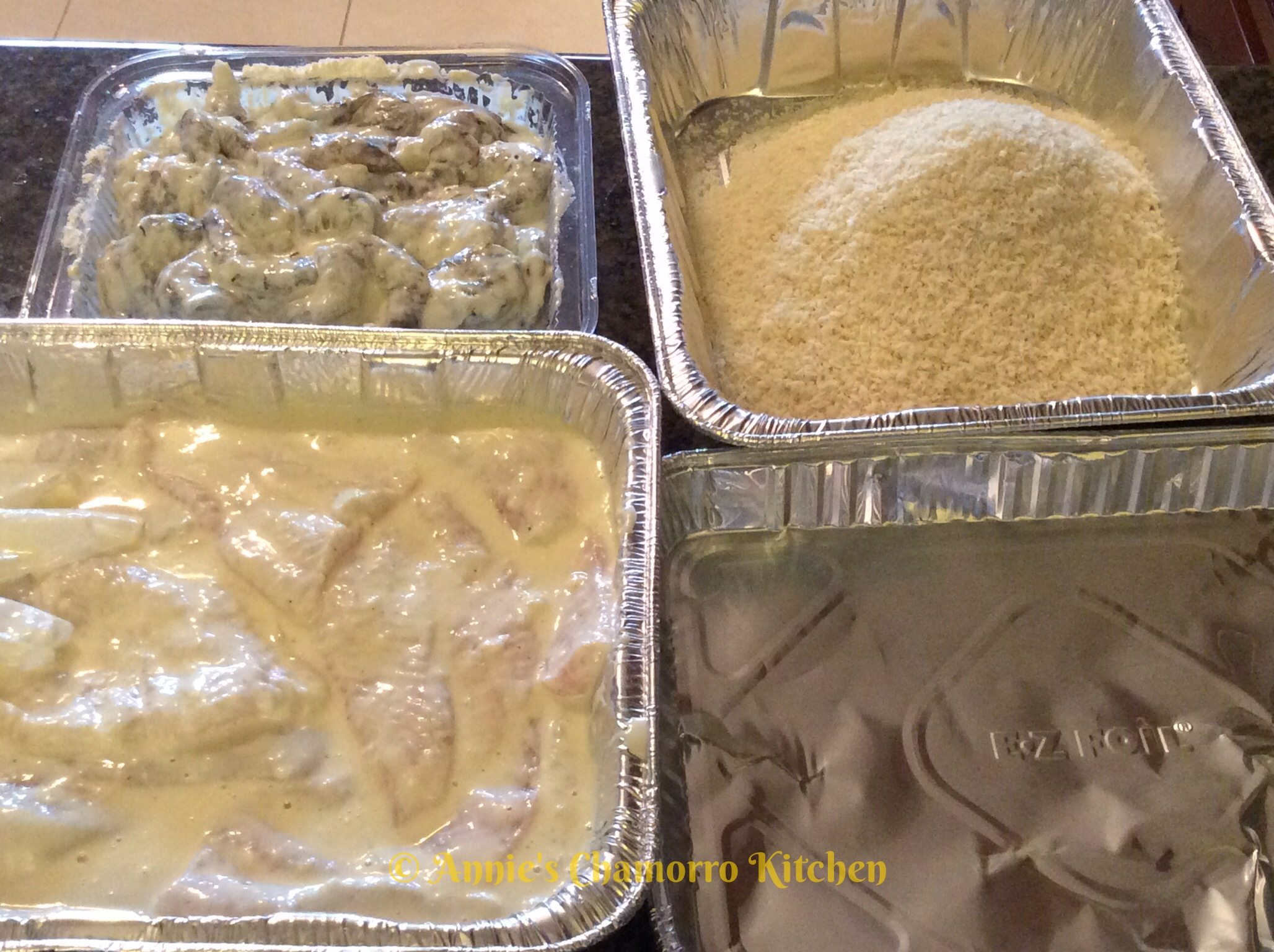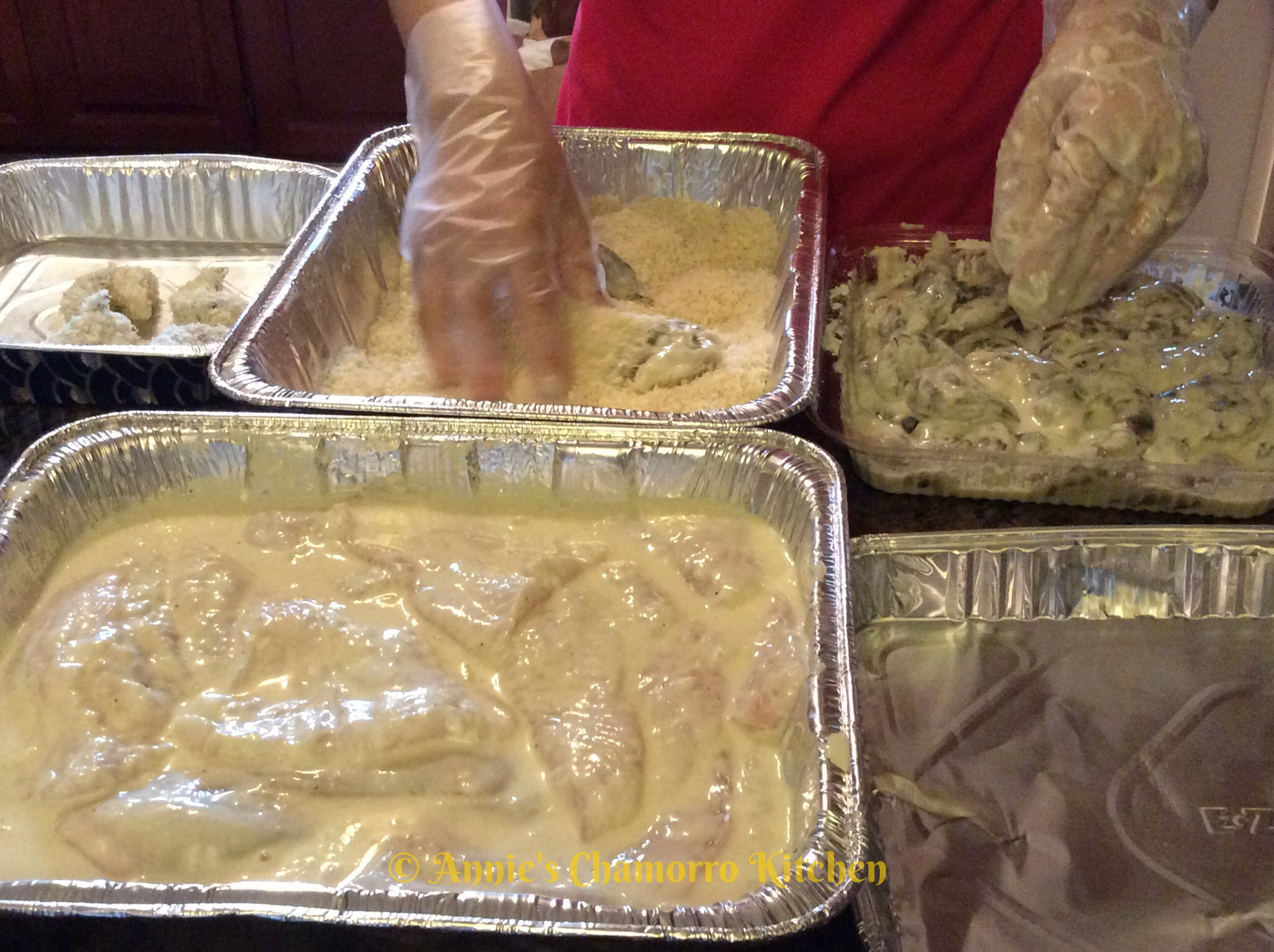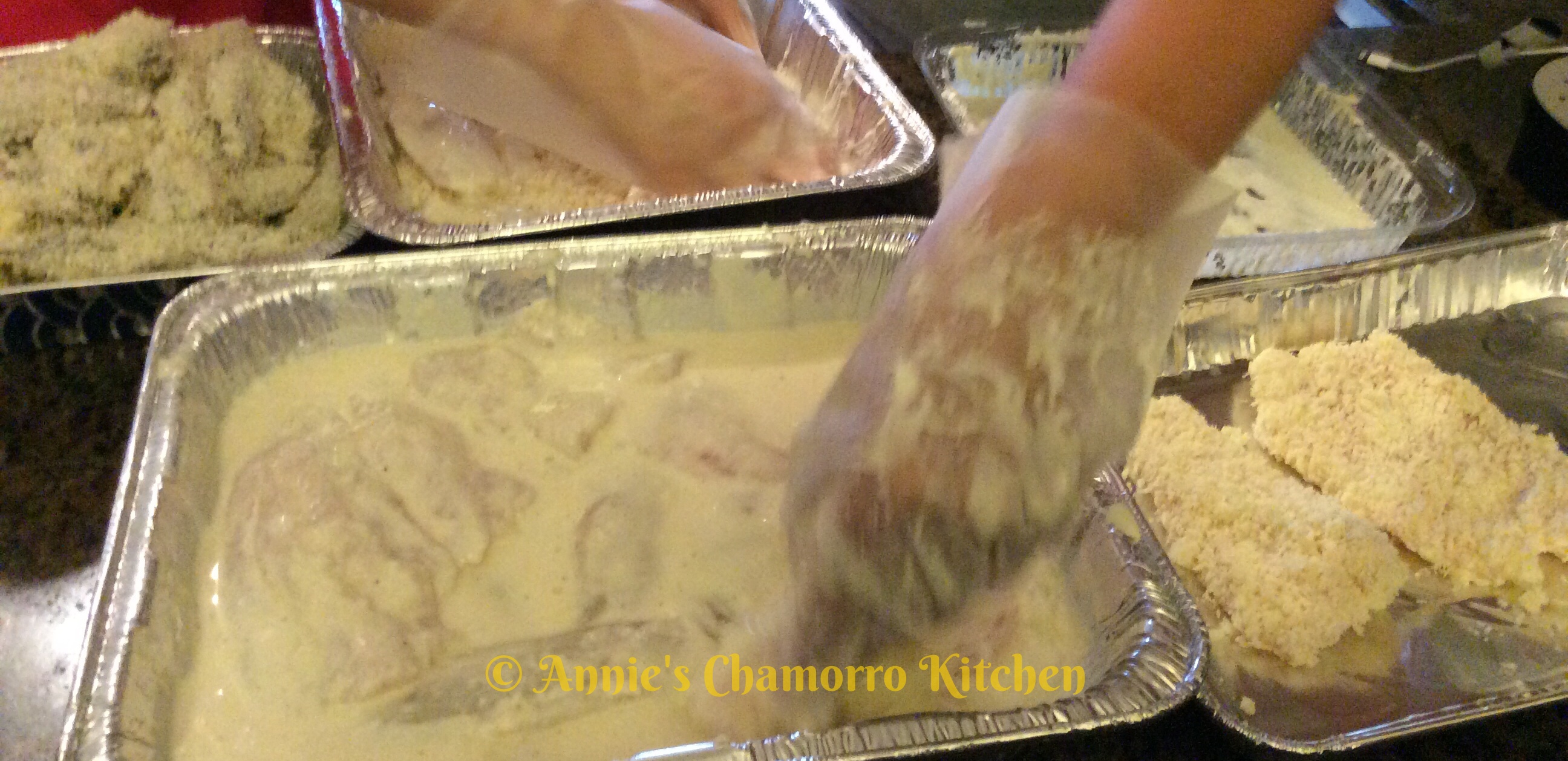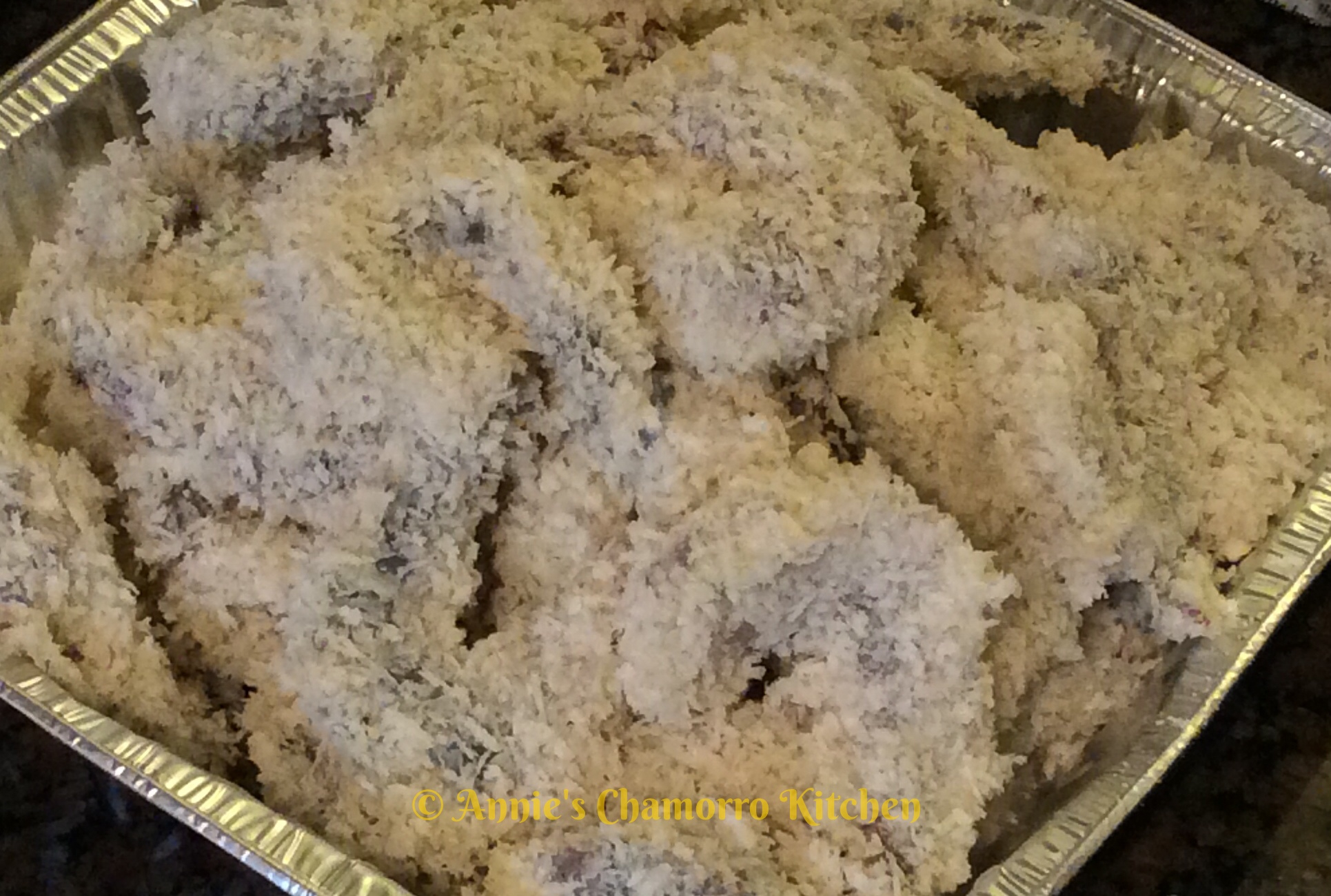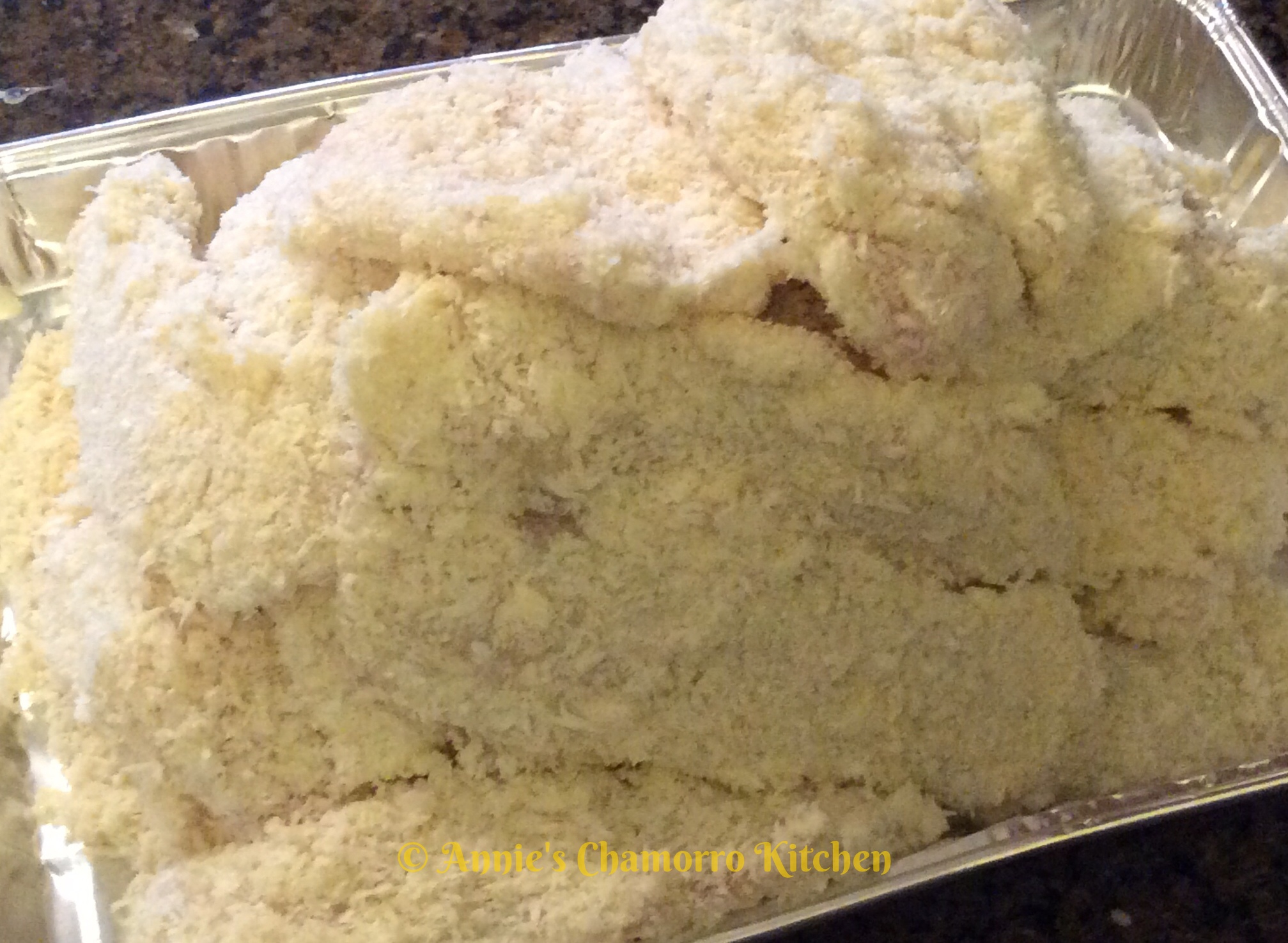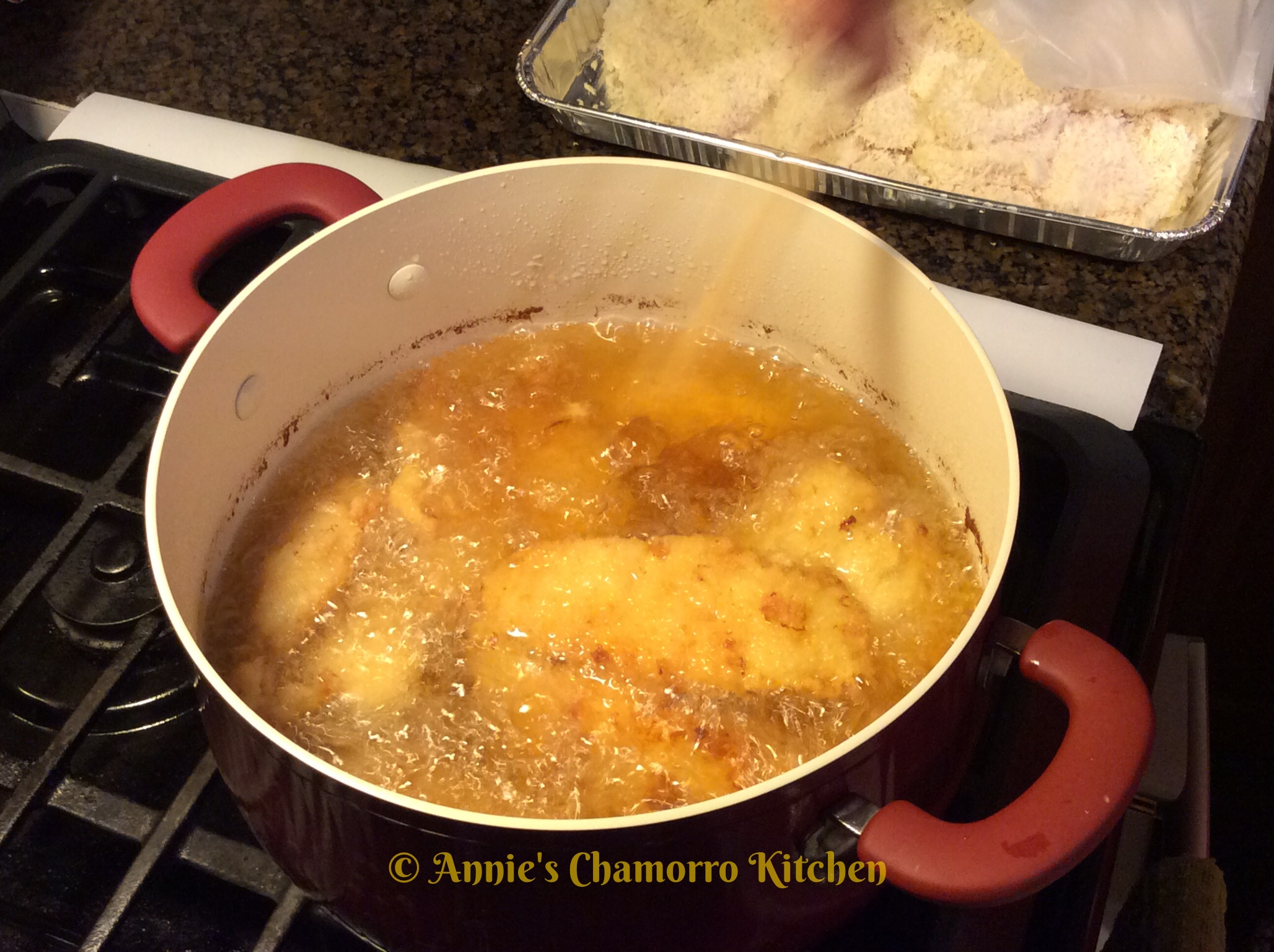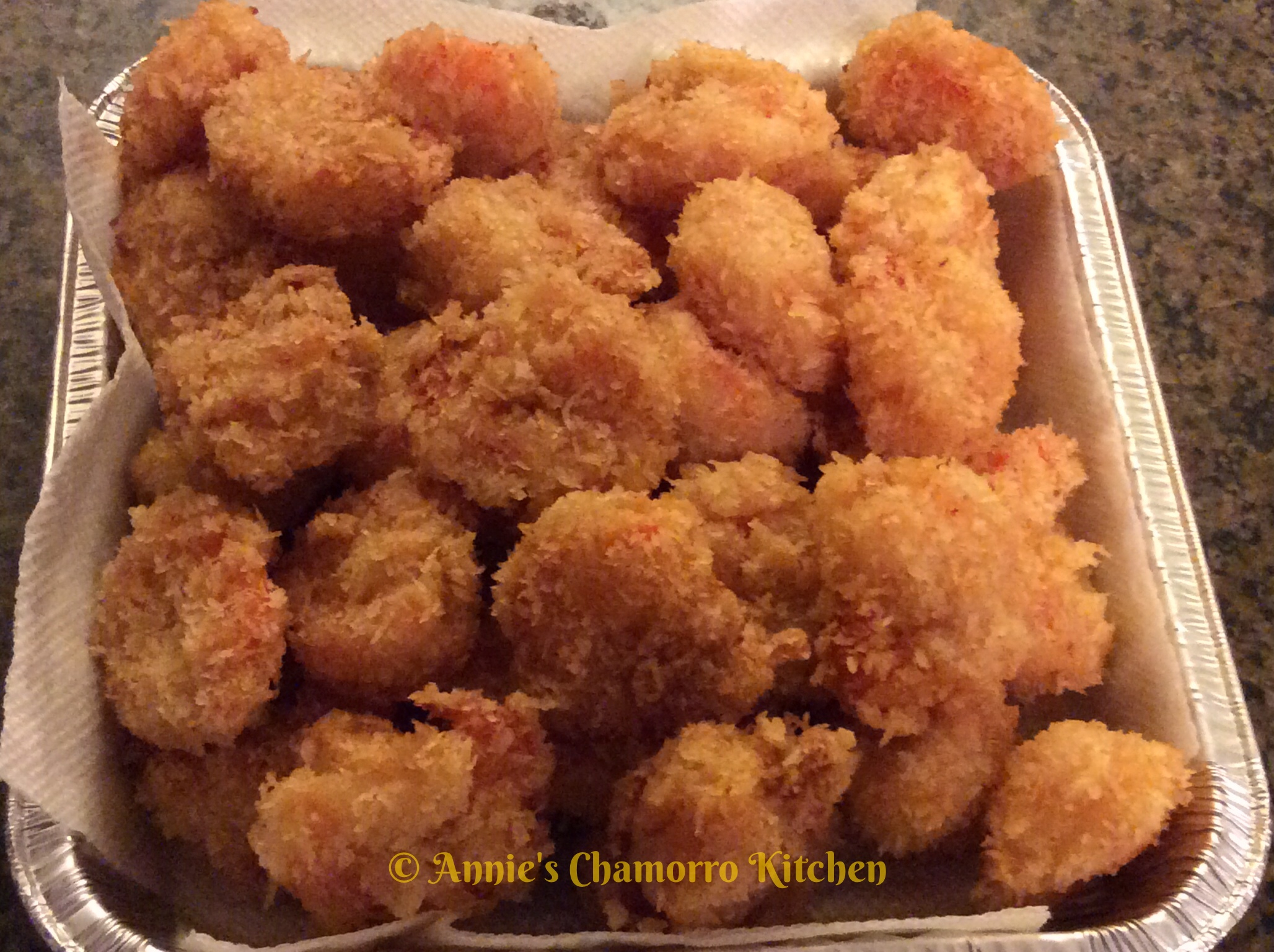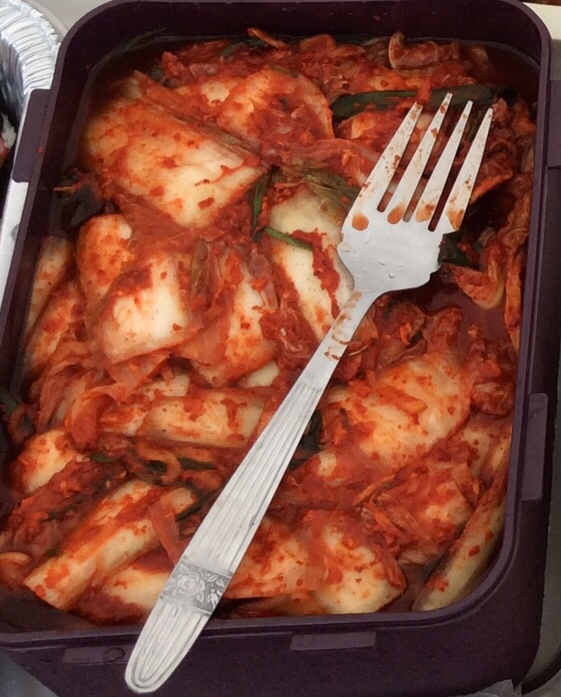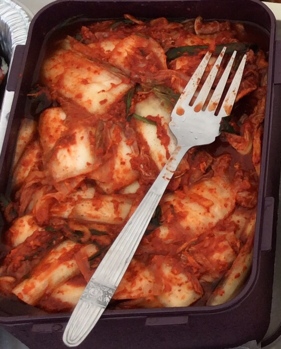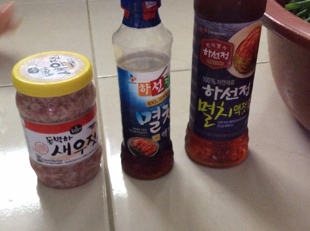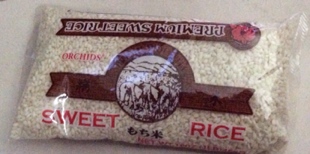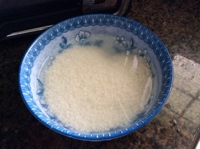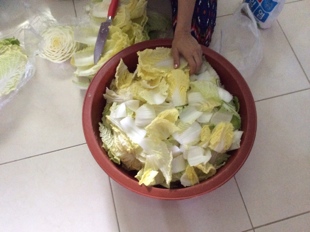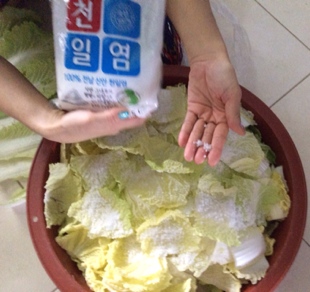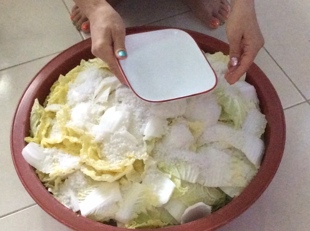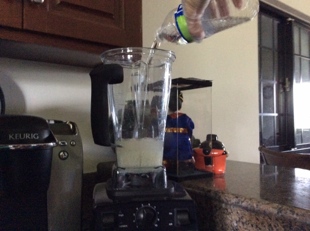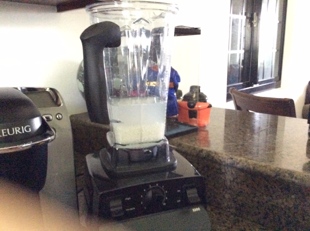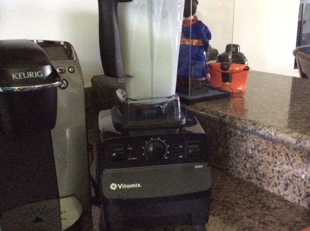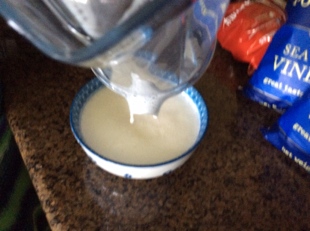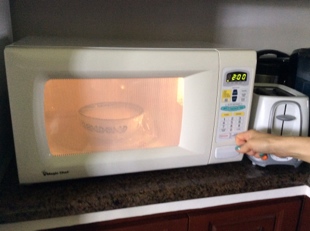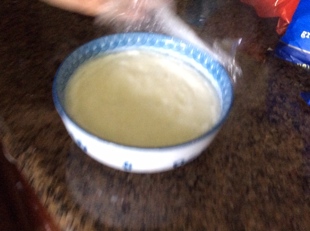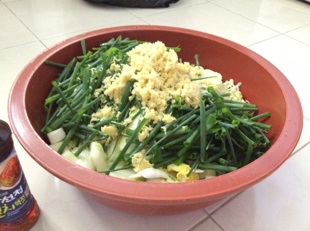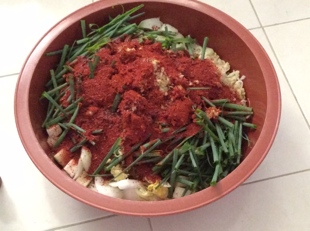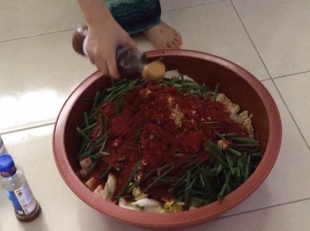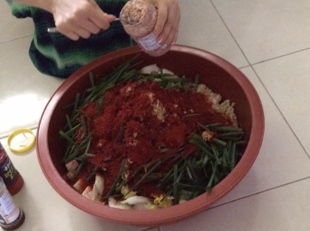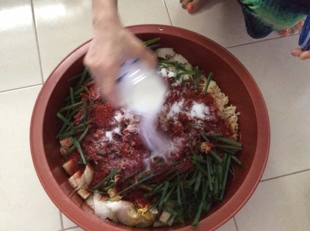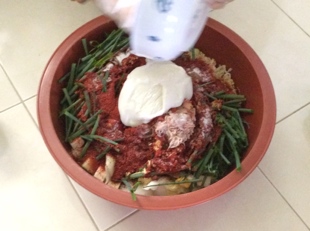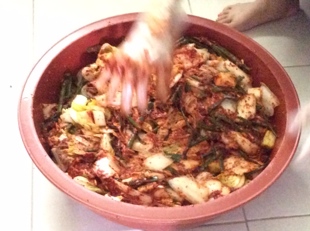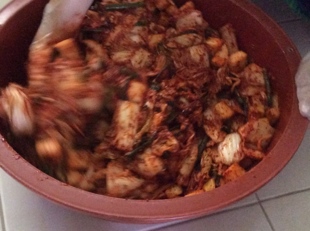
Our family loves seafood. One of our favorite ways to serve fish and shrimp is to coat them in panko breadcrumbs and fry them until golden brown and crispy.
Serve this with hot steamed rice, some sweet dipping sauce (similar to honey walnut shrimp sauce), and fina’denne’ and you’ve got yourself an amazing seafood meal.
Give my sister-in-law Min’s recipe a try. I think you’ll like it. 🙂
This recipe makes enough for a family of 4 plus leftover for lunch the next day.
Panko Crusted Fried Fish & Shrimp
Ingredients for the Fried Shrimp:
- 1 cup Korean batter mix (Tuigim or Twigim Garu); see photo below
- 1 tablespoon Dashida Korean seasoning
- 1 tablespoon onion powder
- 1 tablespoon garlic powder
- 1 teaspoon black pepper
- 1/2 cup milk
- 30 ounces raw shrimp, peeled and deveined
- 1 bag panko crumbs
Ingredients for the Fried Fish:
- 1 cup Korean batter mix (Tuigim or Twigim Garu); see photo below
- 1 tablespoon Dashida Korean seasoning
- 1 tablespoon onion powder
- 1 tablespoon garlic powder
- 1 teaspoon black pepper
- 1 cup milk
- 24 ounces fish filets (tilapia, basa, and orange roughy work well)
- 1 bag panko crumbs
Ingredients for the Dipping Sauce:
- 2 tablespoons sweetened condensed milk
- 3 tablespoons pineapple juice
- 2 tablespoons kewpie mayo
Other Ingredients:
- Oil, for frying
Tuigim Garu, Korean batter mix, is used to make a batter to coat the shrimp and fish for frying. This is what the package looks like (the bag on the left).
The bag on the right is called Pang Garu, and is a type of panko breadcrumbs. The shrimp and fish are coated in breadcrumbs after coating it in the batter. You can use this or any other brand of panko breadcrumbs.
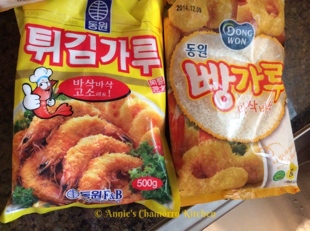
Directions:
Rinse and clean the shrimp and fish filets, then set them aside in separate, shallow dishes. I like using meaty white fish such as basa or tilapia; orange roughy is good too.
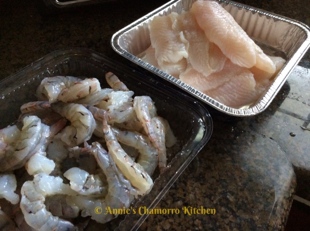
Add the dry batter mix and seasonings directly over the shrimp. Toss the shrimp and dry ingredients together then add the milk. Keep tossing it all together until the dry ingredients are no longer lumpy and a thick batter coats the shrimp. Set aside.
In another pan, place the remaining batter mix and dry ingredients; this will be mixed into a batter to coat the fish filets. You don’t want to create the batter WITH the fish as you do with the shrimp because you don’t want to break up the fish filets. Instead, mix the batter in a separate pan and dip the fish into the batter before coating with panko.
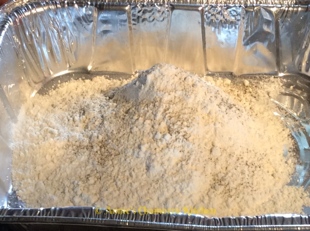
Add the milk to the dry batter mixture, mixing until you get a smooth batter.
Place the fish filets into the batter. Ensure each filet is coated with batter.
Create an assembly line with the shrimp, fish, and the breadcrumbs.
Designate one hand as the “wet hand” and the other as the “dry hand.” Use the wet hand to place the shrimp and fish into the pan of breadcrumbs. Use the dry hand to cover the shrimp and fish with breadcrumbs.
Be sure to generously pat the breadcrumbs into the batter-covered fish and shrimp.
Carefully drop the coated fish and shrimp into hot oil. Do not overcrowd the pan.
Fry the fish about 3 minutes on each side or until golden brown. Fry the shrimp until golden brown all over.
Make the dipping sauce.
In small microwave-safe bowl, mix together the sweetened condensed milk, pineapple juice and kewpie mayonnaise. You can use regular mayonnaise if you don’t find any kewpie.

Heat the mixture in the microwave for 20 seconds or until it starts to bubble. Remove from the microwave and stir until creamy. Serve with fried shrimp and fish.
ENJOY!
